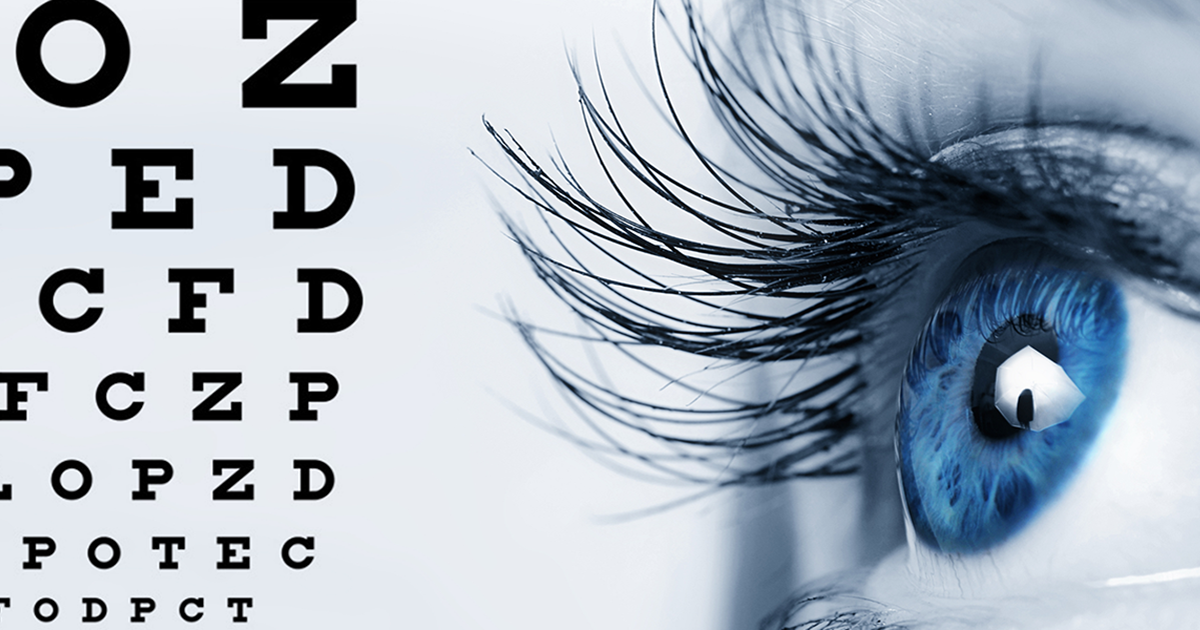Regional Glaucoma Service Near Me: Trusted Professionals for Eye Health And Wellness
Regional Glaucoma Service Near Me: Trusted Professionals for Eye Health And Wellness
Blog Article
The Function of Advanced Diagnostic Tools in Identifying Eye Disorders
In the world of ophthalmology, the utilization of sophisticated analysis devices has actually transformed the early recognition and management of different eye problems. From finding subtle modifications in the optic nerve to monitoring the progression of retinal diseases, these technologies play a critical duty in improving the precision and effectiveness of detecting ocular conditions. As the need for accurate and prompt medical diagnoses continues to grow, the assimilation of sophisticated tools like optical comprehensibility tomography and visual field testing has actually become important in the realm of eye care. The complex interaction between innovation and ophthalmic techniques not only sheds light on intricate pathologies yet likewise opens up doors to customized treatment strategies.
Relevance of Early Medical Diagnosis
Early medical diagnosis plays a pivotal duty in the reliable monitoring and therapy of eye problems. Timely recognition of eye problems is vital as it allows for timely treatment, possibly avoiding further progression of the condition and minimizing lasting issues. By finding eye disorders at a very early stage, doctor can offer suitable treatment plans tailored to the particular problem, inevitably leading to better end results for people. In addition, very early medical diagnosis enables patients to accessibility essential assistance services and sources faster, enhancing their total quality of life.

Technology for Detecting Glaucoma
Advanced analysis modern technologies play a critical function in the early detection and monitoring of glaucoma, a leading root cause of permanent blindness worldwide. One such technology is optical comprehensibility tomography (OCT), which gives comprehensive cross-sectional photos of the retina, permitting the dimension of retinal nerve fiber layer thickness. This measurement is necessary in examining damages brought on by glaucoma. Another sophisticated device is aesthetic area screening, which maps the sensitivity of a client's visual field, aiding to detect any areas of vision loss characteristic of glaucoma. Additionally, tonometry is used to determine intraocular stress, a major risk factor for glaucoma. This examination is essential as elevated intraocular stress can cause optic nerve damages. Newer technologies like the usage of man-made intelligence algorithms in assessing imaging information are revealing appealing results in the very early detection of glaucoma. These advanced diagnostic devices allow ophthalmologists to detect glaucoma in its beginning, allowing for prompt treatment and better monitoring of the eyecare near me condition to stop vision loss.
Duty of Optical Comprehensibility Tomography

OCT's capability to evaluate retinal nerve fiber layer density allows for exact and objective dimensions, assisting in the very early discovery of glaucoma even before aesthetic area defects end up being noticeable. Generally, OCT plays a critical role in improving the diagnostic accuracy and administration of glaucoma, inevitably adding to better outcomes for individuals at threat of vision loss.
Enhancing Medical Diagnosis With Visual Area Testing
A crucial part in comprehensive ocular analyses, aesthetic area screening plays an essential function in improving the diagnostic process for numerous eye problems. By assessing the full level of a person's aesthetic field, this test offers important information about the functional integrity of the whole aesthetic pathway, from the retina to the visual cortex.
Aesthetic field screening is especially important in the diagnosis and monitoring of conditions such as glaucoma, optic nerve problems, and numerous neurological illness that can impact vision. Through quantitative measurements of outer and central vision, clinicians can spot refined modifications that might indicate the visibility or progression of these conditions, also before noticeable signs and symptoms happen.
Furthermore, aesthetic area screening permits for the monitoring of therapy efficiency, aiding ophthalmologists tailor healing interventions to private people. eyecare near me. By tracking adjustments in visual area performance gradually, medical care carriers can make informed decisions about adjusting medicines, suggesting medical treatments, or applying various other proper actions to preserve or enhance an individual's visual function
Handling Macular Degeneration

Final Thought
In final thought, advanced diagnostic devices play a critical role in recognizing eye conditions early on. Technologies such as Optical Coherence Tomography and aesthetic area testing have actually greatly enhanced the accuracy and effectiveness of diagnosing conditions like glaucoma and macular degeneration.
Report this page